Table of Contents
Role of Listening- Function of Language
The role of listening is a fundamental function of language, playing a vital role in communication and comprehension. It involves attentively receiving and interpreting auditory information to understand spoken messages effectively. Listening facilitates meaningful interactions, enables learning, and fosters empathy by connecting individuals emotionally and intellectually.
It enhances one’s ability to follow instructions, process information, and engage in meaningful conversations. Effective listening strengthens relationships, promotes collaboration, and empowers individuals to exchange ideas and perspectives, contributing to a harmonious and well-functioning society where people can truly understand and connect with one another.
Features of Listening
• Listening comes first in the natural way of learning a language and forms the foundation for communicative competence in the new language.
• Listening is receiving language through the ears.
• It is an aural input which involves a sender, a message and a receiver.
• When we listen to something, we have to identify sounds of speech and process them into words and sentences.
• Speech, rhythm and pronunciation etc. are learnt through listening to appropriate language models.
• Listening in any language requires active engagement of learners, focus and attention.
• According to International Listening Association, “Listening is the process of receiving constructing meaning from and responding to spoken and/or non – verbal messages.
(A) Types of Listening
The two main types of listening are as follows:
1. Discriminative Listening: It is first developed at a very early age and is the most basic form of listening. It does not involve the understanding of the meaning of words and phrases, but merely the different sounds that are produced.
2. Comprehensive Listening: It involves understanding the messages that are being communicated and it is fundamental to all listening sub-types. In order to be able to use comprehensive listening, the listener first needs appropriate vocabulary and language skills.
(B) Essential Conditions for Listening Skills
Some essential conditions for listening skills are as follows:
• The learner should be attentive during the listening process.
• The volume of speech or sound should be appropriate.
• The hearing organs of the listener should be normal.
• Listen without judging the other person or mentally criticizing the things the other person is telling.
• The learner should be able to understand the meaning of words conveyed through the sounds.
• The interest of the learner also affects the language learning process.
(C) Aims of Listening Skills
The primary aims of developing listening skills are to:
• Understand and infer concepts, ideas, facts etc. by merely listening.
• Identify the speaker’s purpose and tone.
• Facilitate verbal interaction between people.
• Lay the foundation for learning a language.
Strategies to Focus on Listening Process
1. Integrative Meta-Cognitive Strategies:
These strategies can be divided into three categories:
(i) Before Listening
• Set a purpose or decide in advance what to listen for.
• Decide if more linguistic background or knowledge is needed.
• Determine whether to enter the text from the top down (attend to overall meaning) or from the bottom up (focus on the words and phrases).
(ii) During Listening
• Verify predictions and check for inaccurate guesses.
• Decide what is and what is not important to understand.
• Listen/view again to check comprehension.
• Ask for help.
(iii) After Listening
• Evaluate comprehension and strategy use.
• Evaluate comprehension in a particular task or area.
• Evaluate overall progress in listening and in particular types of listening tasks.
• Decide if the strategies used were appropriate for the purpose and for the task.
• Modify strategies if necessary.
Using Authentic Materials and Situations
Authentic materials and situations prepare students for the types of listening; they will need to do when using the language outside the classroom. Using authentic materials and situations in language learning refers to incorporating real-life, unmodified resources and real-world contexts into the learning process. These materials can include native-speaker conversations, authentic texts, videos, news articles, advertisements, and more.
Such resources expose learners to genuine language usage, cultural nuances, and current trends, providing them with opportunities to develop practical language skills. Authentic situations involve using the language in real-life scenarios and interactions, simulating immersive experiences that mirror everyday communication. By engaging with authentic materials and situations, learners can enhance their listening, speaking, reading, and writing abilities, gain cultural insights, and build confidence in using the language effectively and fluently in genuine settings.
One-Way Communication
Radio and television programmes, public address announcements (airports, train / bus stations, and stores), speeches and lectures, and telephone customer service recordings are means of one-way communication.
• Help students identify the listening goal; to obtain specific information; to decide whether to continue listening; to understand most or the entire message.
• Help students outline predictable sequences in which information may be presented: who – what – when – where (news stories); who – flight number – arriving/departing – gate number (airport announcements); “for (function), press (number)”(telephone recordings).
• Help students to identify keywords/phrases to listen for.
Two-Way Communication
In authentic two-way communication, the listener focuses on the speaker’s meaning rather than the speaker’s language. The focus shifts to language only when the meaning is not clear.
Language input comes in the form of
• Teacher talk
• Listening activities
• Reading passages
• Language heard and read outside the class
All these materials give learners the opportunity to begin producing language themselves.
• Content includes information about any topic be it Weather report or academic.
• Form can be an input which focuses on how to use the language or it can be a source on vocabulary, pronunciation and grammar.

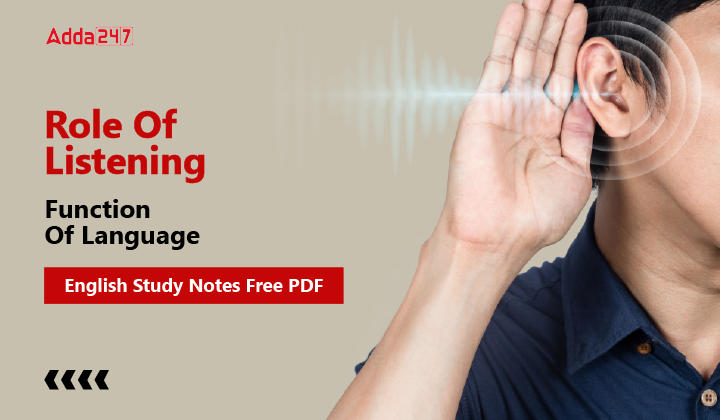
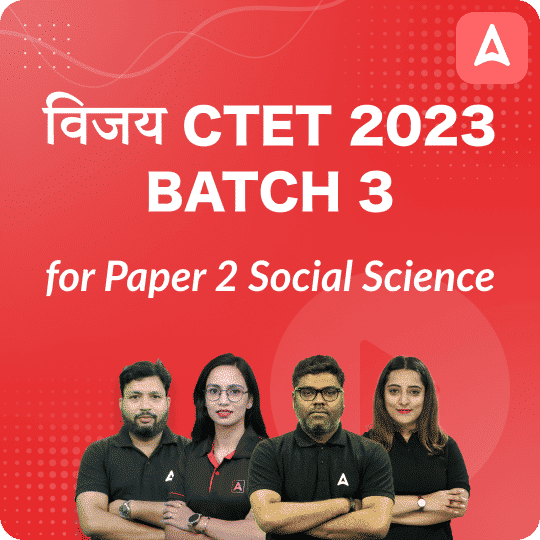
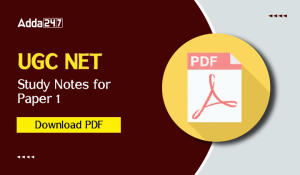 UGC NET Study Notes for Paper 1, Downloa...
UGC NET Study Notes for Paper 1, Downloa...
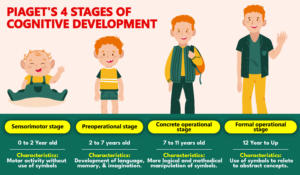 Piaget's 4 Stages of Cognitive Developme...
Piaget's 4 Stages of Cognitive Developme...
 स्वर व व्यंजन - �...
स्वर व व्यंजन - �...








